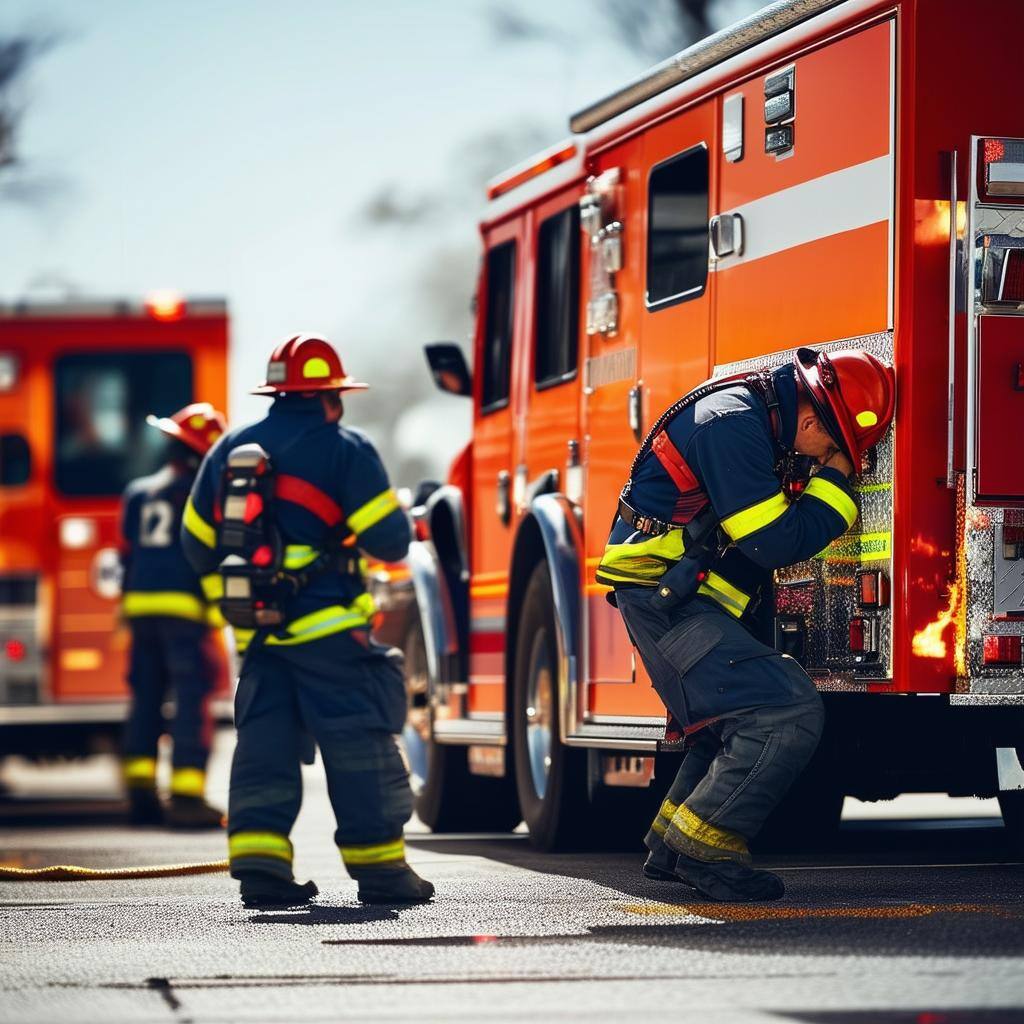Understanding the Drowning Problem in Ohio
Drowning is a significant public health issue in Ohio, with numerous incidents occurring each year. In fact, drowning is the leading cause of unintentional injury-related death for children aged 1-4 in the state. It is crucial for EMS providers to understand the scope of this problem in order to effectively address it.
Ohio's numerous lakes, rivers, and swimming pools provide ample opportunities for water-related activities, but they also present inherent risks. Factors such as lack of swimming skills, absence of barriers or fencing, and lack of adult supervision contribute to the high number of drowning incidents.
By understanding the specific challenges faced in Ohio, EMS providers can tailor their approach to drowning prevention and be better prepared to respond to emergencies.
Importance of Training and Preparedness
Proper training and preparedness are essential for EMS providers to effectively prevent and respond to drowning incidents. It is crucial for EMS providers to undergo comprehensive water rescue training, including techniques for water search and rescue, basic life support, and advanced life support.
Additionally, EMS providers should regularly update their knowledge and skills through continuing education programs and participate in regular drills and simulations to enhance their preparedness.
By investing in training and preparedness, EMS providers can improve their ability to save lives and minimize the impact of drowning incidents in Ohio.
Key Roles of EMS Providers in Drowning Prevention
EMS providers play a vital role in drowning prevention efforts in Ohio. They are often the first responders on the scene and their actions can make a significant difference in the outcome of a drowning incident.
Some key roles of EMS providers in drowning prevention include:
- Rapid response and timely arrival at the scene of an incident
- Conducting initial assessments and providing immediate medical care
- Administering CPR and other life-saving interventions
- Facilitating the transport of patients to appropriate healthcare facilities
By fulfilling these roles effectively, EMS providers can contribute to reducing drowning incidents and saving lives in Ohio.
Essential Water Safety Tips for EMS Providers
As EMS providers, it is crucial to prioritize water safety not only for the public but also for yourselves. Here are some essential water safety tips for EMS providers in Ohio:
- Always wear appropriate personal protective equipment (PPE) when responding to water-related emergencies
- Ensure you have the necessary water rescue equipment readily available in your vehicles
- Stay updated on the latest water safety guidelines and protocols
- Practice self-rescue techniques to ensure your own safety in water-related incidents
- Communicate effectively with other emergency responders and coordinate efforts to maximize efficiency
By following these water safety tips, EMS providers can minimize the risks associated with water-related emergencies and perform their duties effectively.
Collaboration with Community Partners for Drowning Prevention
Drowning prevention requires a collaborative effort from various stakeholders, including EMS providers, community organizations, and government agencies. By working together, these partners can implement comprehensive strategies to reduce the incidence of drowning in Ohio.
EMS providers should actively engage with community partners to promote water safety education and awareness campaigns. They can collaborate with local schools, swimming facilities, and community centers to provide training sessions, distribute educational materials, and organize events to raise awareness about drowning prevention.
Through effective collaboration, EMS providers can leverage the resources and expertise of community partners to create a safer environment and protect the lives of Ohio residents.


.png)
